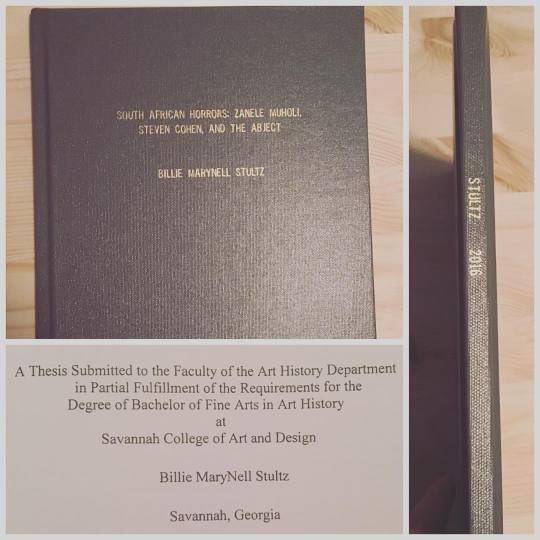#theabject
Text
The Abject and Skin - Kristeva and Creed
In her chapter “Suffering and Horror, Julia Kristeva makes a major move regarding “the abject” and its role in horror. Earlier in her book, she defines the abject succinctly as the undefinable affective tension between attraction and repulsion. The abject is found in objects that are radically excluded and opposed to oneself-- or some relative center-- making the external object necessarily a site of constant comparison or relation and bringing the center constantly towards its opposite as it is positioned in its repulsion. In the present chapter, she considers the abject’s relation to suffering and horror, both in terms of narrative content and formal structure. The major move Kristeva makes, then, is identifying her text’s relation to suffering and horror not only through its themes on the surface but also to abjection as the narrative’s driving force, necessitating certain plot structures and formal moves through its development. Horror’s narrative is plagued by confusions between subject and object, inside and outside, and, formally, through what can be narrated at all and must instead be danced around, creating a sense of the scene in the reader. She demonstrates this by looking at the way the story’s structure in moments of horror or disgust or even suffering as desire and longing must paint a vague picture of the scene, intended to provoke feelings with vivid language and interruptive exclamations. Despite the imprecision, there is a feeling of something precise that occurred and its sufficiency propels the narrative forward. The oscillation, here, would be between the feelings of dread or suspense supposedly outside the narrative universe in the reader that likewise compel the reader forward through the internal narrative.
Building on Kristeva, Barbara Creed is interested in the monstrous feminine and the abject’s role in the skin as the physical and phenomenal boundary that separates an individual subject from the rest of the external world as an intrinsic role in shaping the subject’s cognitive experience. She traces the monstrous feminine through myth, the medusa and the figure of the witch. These mythic women fit easily within the concept of the abject as an easily othered subject relative to a Freudian viewpoint (and, really, representative of the white, male Western philosophical and academic history as a whole), whose opposing existence represents both allure and anxiety about the “strange” and “unknown” ways in which they behave. The phallic qualities of these two feminine monsters, such as snake hair and long noses and fingers, posit the penis but with a difference when the women take up such assertive or aggressive roles in their story. She then moves the discussion towards that of a horror in our reality, the expulsion of the corpse. Abjection in our skin is often found in our bodily functions, like gagging or shitting, where the body protects the insides from threats to life on the outside, ironically (or abjectionally?) always gesturing towards its inevitable fate in non-life and death. Like the borders of the body, the border is also “central to construction of the monster in horror film” (42). Finally, her textual analysis demonstrating the maternal as abject through Alien not only explains many of these concepts in much greater detail but also reinforces the deep connection between the spatial construction of borders and the internal psychic states of the characters in horror narratives that we hit on last week in Gothic conventions.
0 notes
Photo

Ah! I just got my thesis back from the binding company! Ahhhhhh! It is finally finished! #thesis #bfathesis #arthistorythesis #graduated #theabject #zanelemuholi #stevencohen #southafricanhorrors (at Savannah, Georgia)
0 notes